Collard Greens Benefits, Nutritional Value, And Side Effects
Go green and reduce the risk of cancer, promote bone health, and manage diabetes.
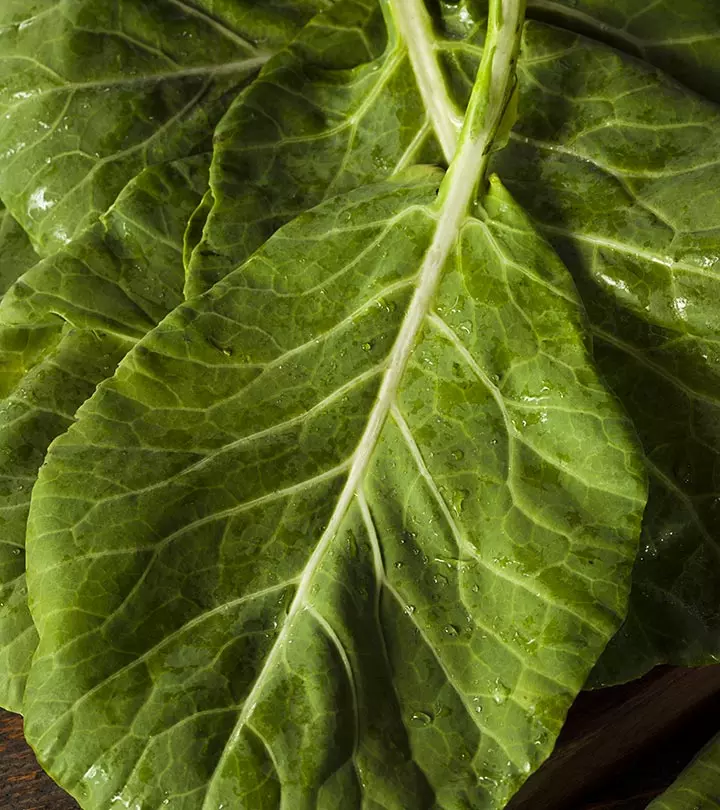
Image: Shutterstock
Collard greens are leafy green vegetables and belong to the family of Brassica. These cruciferous greens have been a part of the human diet for about 2000 years. Collard green benefits can be attributed to the high antioxidant levels and beneficial plant compounds. These leafy greens may promote eye health and reduce the risk of cancer. They may also improve your bone health and reduce the risk of heart diseases.
 Trivia
TriviaRead on to know more about the health benefits of collard greens, nutrition facts, simple recipes, and side effects. Scroll down.
In This Article
Nutritional Profile Of Collard Greens
According to the U.S. Department of Agriculture, one cup (36g) of chopped collard greens contains (1):
- Calories: 32.3g
- Protein: 1.09g
- Fat: 0.22g
- Carbohydrate: 1.95g
- Fiber: 1.44g
- Calcium: 83.5 mg
- Iron: 0.169 mg
- Magnesium: 9.72 mg
- Potassium: 76.7 mg
- Phosphorus: 9 mg
- Vitamin A: 90.4 µg
- Vitamin K: 157 µg
- Vitamin C: 12.7 mg
- Folate: 46.4 µg
Collard greens also contain several plant compounds and antioxidants that help treat many ailments. In the next section, we explore the health benefits of collard greens.
Key Takeaways
- Collard greens reduce the risk of cancer and cardiovascular disease, improve bone and eye health, and help treat type 2 diabetes.
- When buying these greens, look for fresh leaves instead of the wilted ones. Store them in a ziplock bag and in the refrigerator.
- While these greens are safe, they interfere with blood-thinning medications due to their high vitamin K content. They may also increase kidney stone risk in susceptible individuals.
Health Benefits Of Collard Greens
1. May Reduce The Risk Of Cancer
Cruciferous vegetables like collard greens contain Indole-3-carbinol (I3C), a natural compound derived from the breakdown of glucosinolate. This compound prevents certain cancer cells from multiplying and helps reduce the risk of lung, breast, prostate, and colon cancers (2),(3). Studies suggest that glucosinolates (natural plant compounds) in cruciferous vegetables may also help prevent and treat bladder cancer (4).
A study by the University of California at Berkeley, California, found that the phytochemicals in cruciferous veggies may help suppress human breast cancer cells (5). Besides, erucin, an isothiocyanate (hydrolysis products of glucosinolates) in greens, plays a major role in inhibiting the growth and multiplication of pancreatic cancer cells (6). However, more studies are warranted to understand this benefit of collard greens in humans.
2. Improves Bone Health
Collard greens are rich in vitamin K
and calcium that are essential for bone health (1). Vitamin K deficiency is linked to bone fractures (7), (8). Almost 98% of the body’s calcium is stored in the bones. It is a key mineral that supports bone structure (9). A study by Sir Charles Gairdner Hospital, Australia, found that adequate calcium intake helps prevent osteoporosis (weakening of bones) and related fractures (10).
3. Reduces Cardiovascular Disease Risk
A study found that eating green leafy vegetables reduced the risk of cardiovascular diseases by 15.8% (11). Besides, taking cruciferous vegetables may also prevent sub-clinical atherosclerosis (build-up of fat on the artery walls) in older adult women (12).
Consuming green leafy vegetables also may help regulate blood pressure and lower the risk of cardiovascular diseases (13). A review published in Nutrients suggests that eating leafy vegetables like collard greens helps decrease total LDL cholesterol and the risk of heart disease ( 13).
4. Helps Improve Type 2 Diabetes
Collard greens are rich in dietary fiber, which helps reduce type 2 diabetes risk (14). Studies suggest that an increased intake of dietary fiber (30 g/day) may help reduce inflammation in people with type1 diabetes (15).
An aqueous extract of Moroccan collard green leaves is shown to lower blood glucose levels in diabetic rats (16). Also, collard greens contain alpha-lipoic acid, an antioxidant that helps reverse diabetes complications (17).
5. May Promote Eye Health
Collard greens contain antioxidants like lutein and zeaxanthin, which form the macular pigment of the human eye (1),(18). These dietary carotenoids may help protect against visual disorders like age-related macular degeneration (central vision loss) and cataracts.
A study by University Eye Clinic Maastricht, The Netherlands, found that lutein can filter blue light and has antioxidant properties. Eliminating lutein from the diet of experimental animals showed early degenerative signs in the retina ( 19). Eating collard greens is also thought to help reduce the risk of glaucoma, though more research is needed in this regard.
The health benefits of collard greens are truly remarkable. Packed with nutrients and antioxidants, they can be a valuable addition to your diet. But how do you include them in your meals? To answer that, let’s explore a few cooking tips.
Tips For Cooking Collard Greens
- You can sauté them by cooking them in a pan with oil and seasoning until tender.
- Try using it by boiling the leaves in water for a few minutes.
- You can steam by placing the leaves over boiling water and covering them until soft.
- Add them to soups, stews, or stir-fries for a nutritious boost.
- Include them in wraps or sandwiches for extra crunch.
- Blend them into smoothies for added nutrients without compromising flavor.
Now, here are some easy recipes you can try at home.
4 Easy And Delicious Recipes Of Collard Greens
1. Quick Collard Greens
What You Need
- Collard greens – 1 large bunch (10 ounces)
- Extra-virgin olive oil – 1½tablespoons
- Fine sea salt – ¼ teaspoon
- Garlic cloves – 2
- A pinch of red pepper flakes
- Lemon wedges – 2
Process
- Cut the thick central rib out of each collard green.
- Stack the rib-less collards, and roll and chop.
- Add the olive oil in a large, heavy-bottomed skillet over medium-high heat.
- Add the chopped collards and salt when the oil starts to simmer.
- Stir until the collards are lightly coated in oil. Let them cook for about 30 seconds and stir
- Continue stirring in 30-second intervals until the collards are wilted, dark green, and some are starting to turn brown on the edges.
- This will take 3 to 6 minutes.
- Add the garlic and red pepper flakes once the collards are just about done.
- Stir to break up the garlic and cook until it is fragrant(about 30 seconds).
- Serve hot with a lemon wedge.
2. Southern Style Collard Greens
What You Need
- Chopped collard greens – 8 to 10 cups
- Bacon fat, lard, or vegetable oil – 2 tablespoons
- Chicken stock – 4 cups
- Onion – 1
- Garlic cloves – 2
- Water – 1 to 2 cups
- Salt – to taste
- Vinegar and hot sauce – to taste
Process
- Heat the bacon fat in a large pot over medium-high heat.
- Sauté the onion in it until the edges begin to turn brown(about 5 minutes).
- Add the ham hock, smashed garlic, chicken stock, and water, and bring to a simmer.
- Cover and cook for 1 hour.
- Add the collard greens and cook for another 45 minutes to an hour, partially covered, until they are tender.
- Remove the ham hock, pull the meat off the bones, and chop.
- Mix the meat back with the greens.
- Taste and season with salt, if needed.
- Serve with vinegar and hot sauce.
3. Fresh Collard Green Salad
What You Need
- Collard greens– 1 large bunch
- Olive oil – 1 cup
- Golden raisins – ½ cup
- Apple cider vinegar – 1/3 cup
- Finely chopped roasted peanuts – 1 cup
- Sliced granny smith apples – 3
- Mustard – 1 tablespoon
- Minced shallot – 1
- Honey – ½ tablespoon
- Kosher salt – to taste
- Freshly ground black pepper – to taste
Process
- Toast chopped peanuts in the oven for 6 to 8 minutes at 375 degrees or until they turn golden brown and fragrant.
- Add vinegar, mustard, honey, minced shallot, and peanuts in a medium-sized bowl and stir.
- Slowly pour in olive oil while vigorously mixing with your whisk.
- Continue to add oil until the mixture is emulsified.
- Taste and adjust seasonings with salt and pepper. Set the vinaigrette aside.
- Add chopped collard greens in a large bowl.
- Add sliced onion and apples, and golden raisins.
- Dress with your vinaigrette at least 5 minutes before eating the
4. Vegan Collard Greens
What You Need
- Collard Greens – 1 bunch
- Olive Oil – 2 tablespoons
- Onion – 1 (finely chopped)
- Garlic – 3 cloves (minced)
- Vegetable Broth – 1 cup
- Apple Cider Vinegar – 1 tablespoon
- Smoked Paprika – 1 teaspoon
- Red Pepper Flakes – 1/2 teaspoon (optional)
- Salt and Pepper – to taste
Process
- Wash collard greens thoroughly, remove the stems, and chop the greens into bite-sized pieces.
- Heat olive oil in a large skillet over medium heat.
- Sauté chopped onions until translucent, then add minced garlic and cook until fragrant.
- Add collard greens to the skillet and stir to combine with the onions and garlic.
- Pour in vegetable broth, apple cider vinegar, smoked paprika, red pepper flakes (if using), salt, and pepper. Stir well.
- Cover the skillet and let the collard greens simmer for 20-25 minutes or until tender.
- Adjust seasoning to taste.
- Serve Vegan Collard Greens as a flavorful side dish or over rice.
 Did You Know?
Did You Know?You may also pair it with spinach to make a healthy salad for yourself. There are various spinach benefits, including improving skin elasticity, strengthening hair, and supporting heart health, making it an ideal companion for collard greens.
A recipe blogger and cooking enthusiast tried collard greens twice before and disliked them, stating, “Collard greens. Some people love ’em. Some people hate ’em. I fall under both categories. Or maybe you should say I’ve visited both sides (i).” On her third try, she made her cousin’s husband’s recipe using wine and shared the recipe and shared her experience in a blog post. She wrote, “They were really good…especially with that plate of food. My favorite way to eat them is with a little slaw and black-eyed peas in the same bite.”
A survey was conducted among 1,140 US adults about their favorite side dishes for Christmas and Thanksgiving dinner. 32% of Americans voted for collard greens as their favorite side dish. The survey also revealed that Americans living in the South also favored classics like collard greens.
These are some easy and delicious collard greens recipes. But how do you select and store them? Read on to find the answer.
How To Select And Store Collard Greens?
Avoid buying wilted collard green leaves or those with yellow patches and dark spots. Always look for fresh green leaves. They can last up to five days if kept in a zip-top bag in the refrigerator. Do not wash them until you are ready to use them. Blanch collard greens first to freeze them. Here are a few points to keep in mind when choosing, storing, and using collard greens:
- Choose healthy and firm greens, without any yellow leaves. Avoid wilted, slimy, or discolored leaves.
- Store the greens in an air-tight plastic bag in the refrigerator crisper drawer.
- Remove any damaged outer leaves before using.
- Always wash the collard greens thoroughly under running water before using.
Are there any side effects associated with collard greens? Read to know.
Possible Side Effects Of Collard Greens
Eating collard greens is generally considered safe. But their high vitamin K content can interfere with blood-thinning medication (20). They are also rich in oxalates, which may cause kidney stones in some people (21). Consult your doctor before consuming collard greens if you are using any blood thinners or have a history of kidney stones. Also, adding too much fiber to your diet may result in bloating. Consuming raw cruciferous vegetables may also interfere with thyroid function. Moreover, consuming collard greens may also cause:
- Constipation: The high fiber content of collard greens promote digestion. However, consuming excessive leaves at once may lead to constipation.
- Diarrhea: Avoid collard greens if you are prone to diarrhea. They contain water-soluble vitamins and minerals that can be easily excreted through the body. Limit your intake of collard greens to ¼ cups per day if you experience frequent bouts of diarrhea.
However, limited data is available on these side effects of collard greens. Speak to your doctor for more information.
Conclusion
Collard green is a healthy leafy green that is currently enjoying a resurgence in popularity. The benefits of collard green can be attributed to its rich antioxidant profile and its vitamins, minerals, and beneficial phytonutrients. It may help promote vision, heart, and bone health. In addition, collard green reduces the risk of diabetes and cancer. You can reap the benefits of this veggie by adding it to your smoothies or salads. However, excess intake may interfere with blood-thinning medications or lead to kidney stones due to its high oxalate content. Hence, consume it in moderation and seek medical advice if you experience any side effects.
Frequently Asked Questions
Are collard greens antibacterial?
Collard greens are rich in phytonutrients with antibacterial properties.
Are collard greens good for your liver?
Yes, they help cleanse and detoxify the liver with their natural antioxidant properties.
Can collard greens help with weight loss?
It cannot directly help with weight loss. But, since they are low in calories, high in fiber, and packed with nutrients, they can keep you full longer and support healthy digestion (1). Adding them to your diet can be a healthy choice for weight management.
Do collard greens cause gas?
Collard greens are fiber-rich and may cause gas and bloating when taken in excess.
Are collard greens good for your skin?
Yes, collard greens are rich in vitamins A and C, which are good for your skin health.
Collard greens are packed with vitamins and minerals that are essential for your well-being. Uncover the reason why these leafy greens are a must-add to your plate in this video. Watch now!
Personal Experience: Source
StyleCraze's articles are interwoven with authentic personal narratives that provide depth and resonance to our content. Below are the sources of the personal accounts referenced in this article.
(i) Collard Greenshttps://peacefulcooking.blogspot.com/2012/01/collard-greens.html
References
Articles on StyleCraze are backed by verified information from peer-reviewed and academic research papers, reputed organizations, research institutions, and medical associations to ensure accuracy and relevance. Read our editorial policy to learn more.
- Collards raw
https://fdc.nal.usda.gov/fdc-app.html#/food-details/170406/nutrients - Brassicaceae-Derived Anticancer Agents: Towards a Green Approach to Beat Cancer
https://www.ncbi.nlm.nih.gov/pmc/articles/PMC7146209/ - Cruciferous Vegetables and Human Cancer Risk: Epidemiologic Evidence and Mechanistic Basis
https://www.ncbi.nlm.nih.gov/pmc/articles/PMC2737735/ - Cruciferous Vegetables Isothiocyanates and Bladder Cancer Prevention
https://pubmed.ncbi.nlm.nih.gov/30079608/ - Phytochemical regulation of the tumor suppressive microRNA miR-34a by p53-dependent and independent responses in human breast cancer cells
https://pubmed.ncbi.nlm.nih.gov/25789847/ - Anticancer properties of erucin an H 2 S-releasing isothiocyanate on human pancreatic adenocarcinoma cells (AsPC-1)
https://pubmed.ncbi.nlm.nih.gov/30632211/ - Vitamin K and bone health in older adults
https://pubmed.ncbi.nlm.nih.gov/30725668/ - Vitamin K Nutrition and Bone Health
https://pubmed.ncbi.nlm.nih.gov/32605143/ - Calcium
https://ods.od.nih.gov/factsheets/Calcium-HealthProfessional/ - Calcium and bone
https://pubmed.ncbi.nlm.nih.gov/22609892/ - The effect of green leafy and cruciferous vegetable intake on the incidence of cardiovascular disease: A meta-analysis
https://www.ncbi.nlm.nih.gov/pmc/articles/PMC4973479/ - Cruciferous and Total Vegetable Intakes Are Inversely Associated With Subclinical Atherosclerosis in Older Adult Women
https://pubmed.ncbi.nlm.nih.gov/29618474/ - Influence of Green Leafy Vegetables in Diets with an Elevated ω-6:ω-3 Fatty Acid Ratio on Rat Blood Pressure Plasma Lipids Antioxidant Status and Markers of Inflammation
https://www.ncbi.nlm.nih.gov/pmc/articles/PMC6413025/ - Dietary Fiber Intake and Type 2 Diabetes Mellitus: An Umbrella Review of Meta-analyses
https://www.ncbi.nlm.nih.gov/pmc/articles/PMC5883628/ - Fiber intake and inflammation in type 1 diabetes
https://www.ncbi.nlm.nih.gov/pmc/articles/PMC4083349/ - Antihyperglycemic Effect of the Moroccan Collard Green (Brassica oleracea var. viridis) in Streptozotocin-Induced Diabetic Rats
https://pubmed.ncbi.nlm.nih.gov/32990547/ - Adverse Effects of High Doses of Intravenous Alpha Lipoic Acid on Liver Mitochondria
https://www.ncbi.nlm.nih.gov/pmc/articles/PMC3921613/ - The Pharmacological Effects of Lutein and Zeaxanthin on Visual Disorders and Cognition Diseases
https://www.ncbi.nlm.nih.gov/pmc/articles/PMC6154331/ - Lutein: more than just a filter for blue light
https://pubmed.ncbi.nlm.nih.gov/22465791/ - Influence of vitamin K on anticoagulant therapy depends on vitamin K status and the source and chemical forms of vitamin K
https://pubmed.ncbi.nlm.nih.gov/15825811/ - Dietary oxalate and kidney stone formation
https://www.ncbi.nlm.nih.gov/pmc/articles/PMC6459305/ - Dietary fiber and weight regulation
https://pubmed.ncbi.nlm.nih.gov/11396693/
Read full bio of Reda Elmardi
Read full bio of Sindhu Koganti
Read full bio of Ravi Teja Tadimalla
Read full bio of Payal Karnik






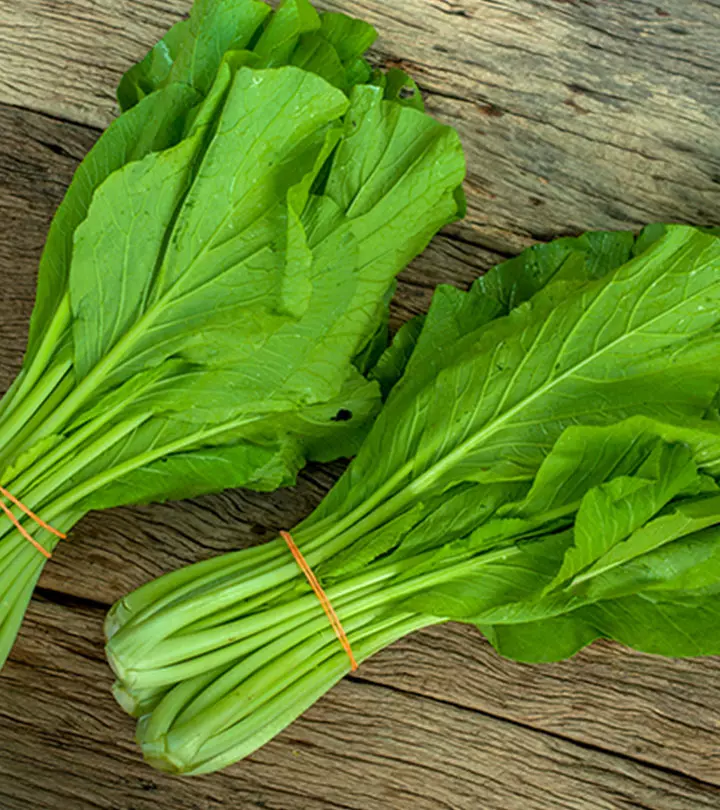
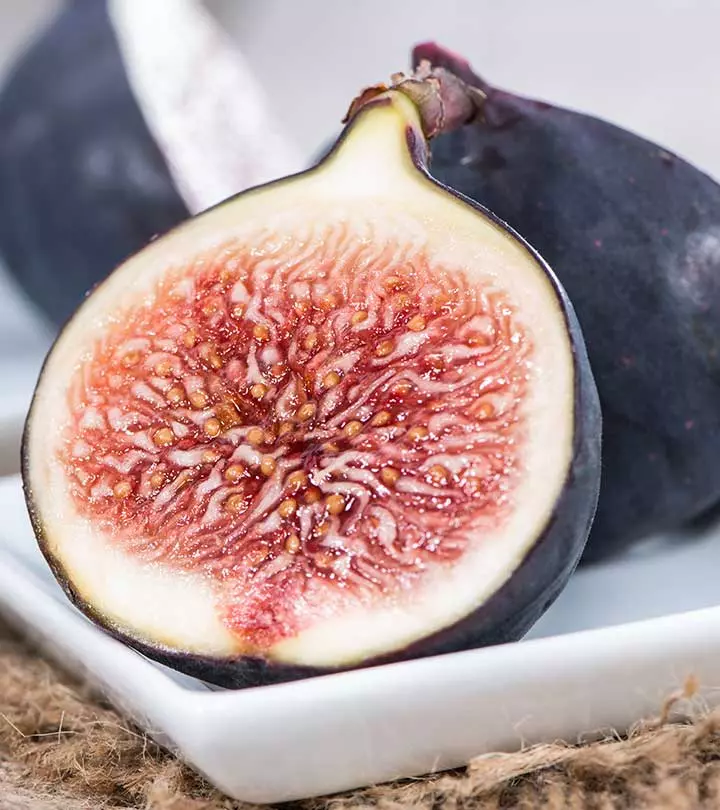
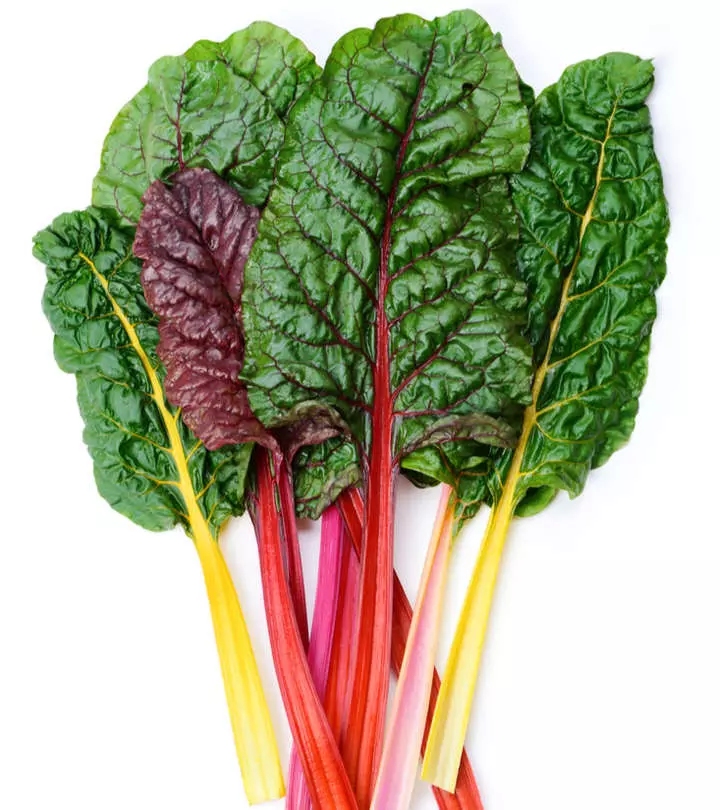
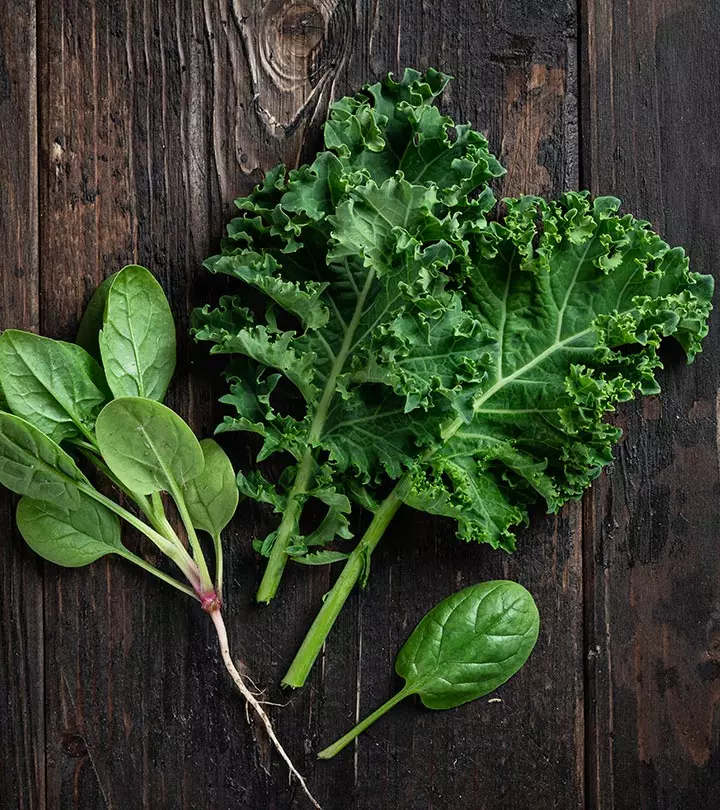
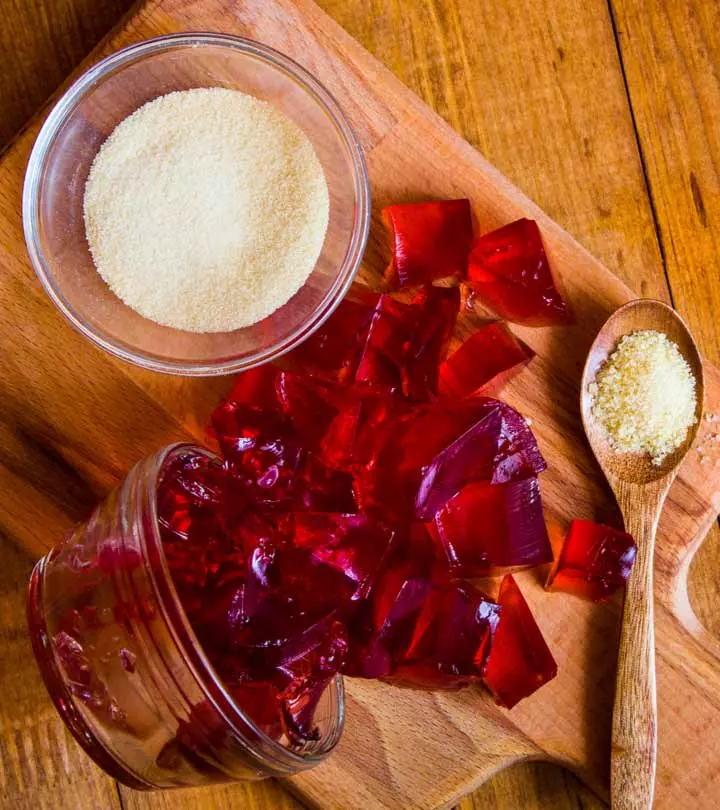
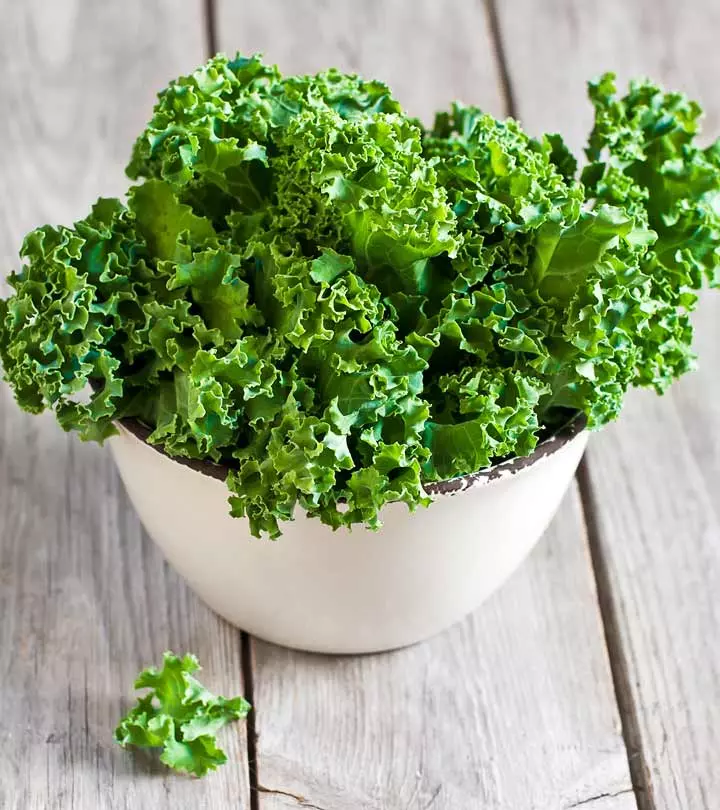
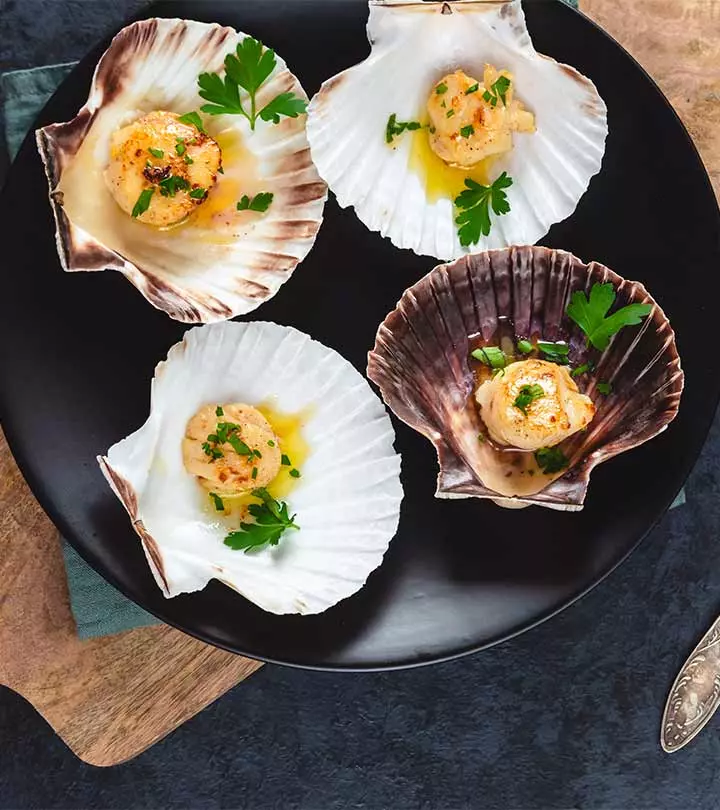
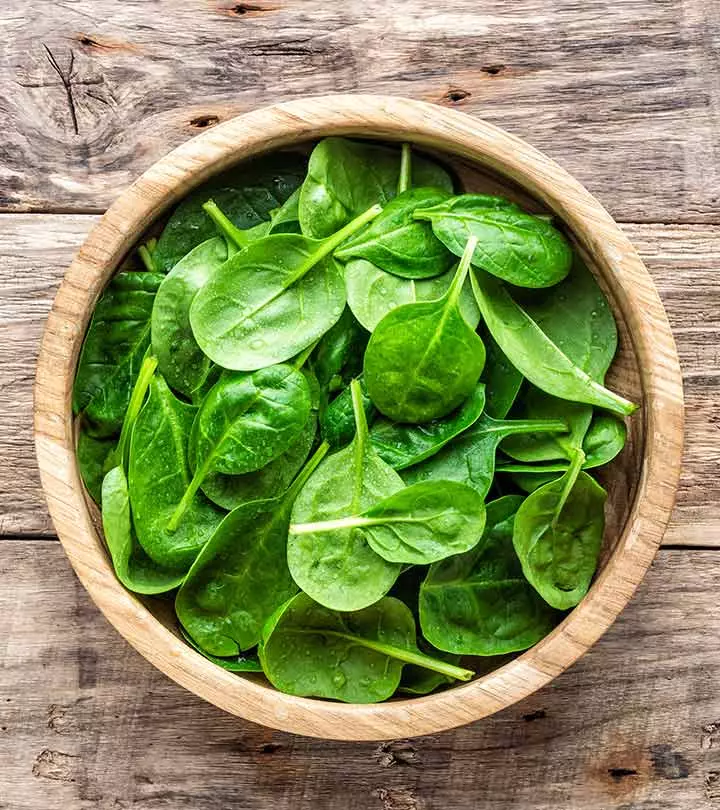
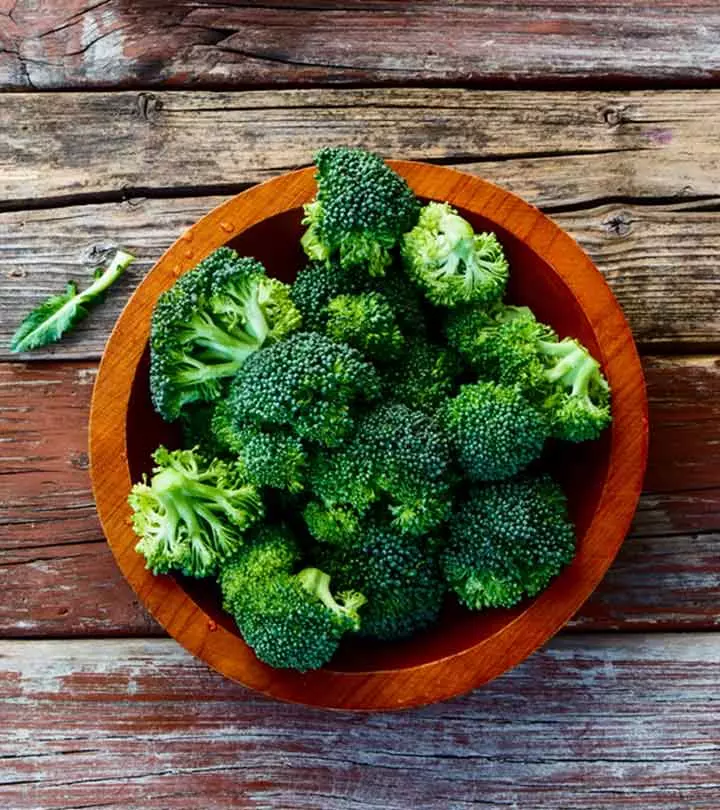

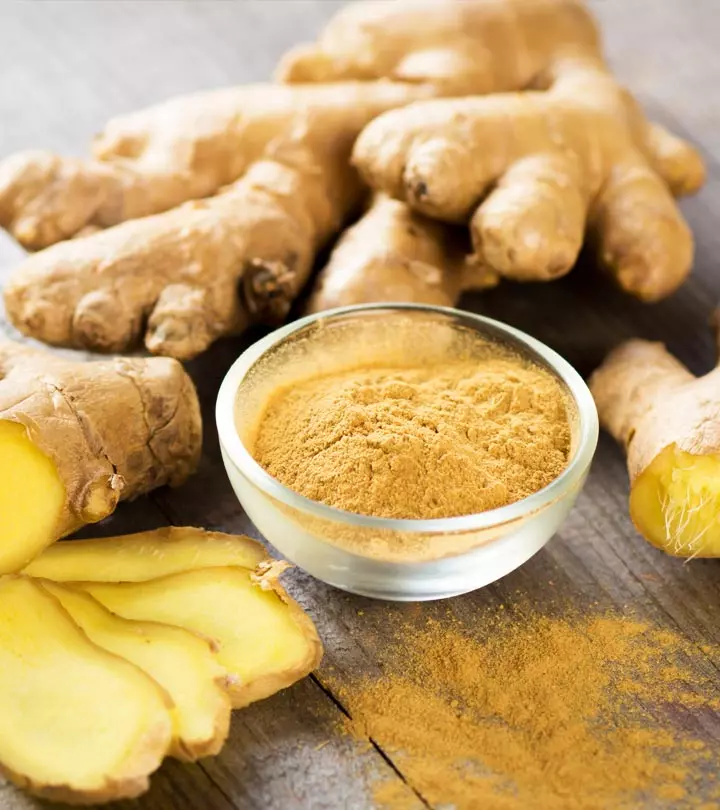
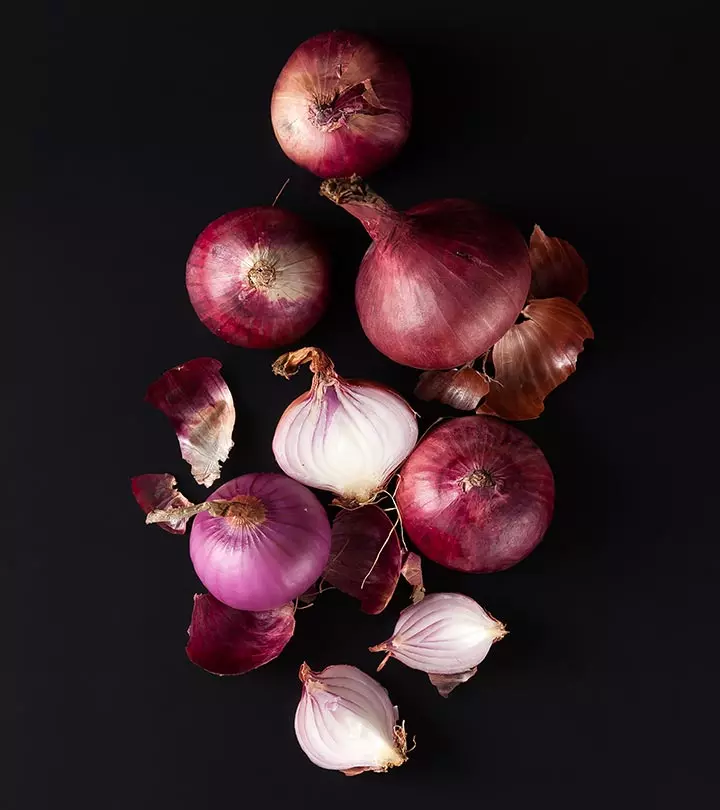

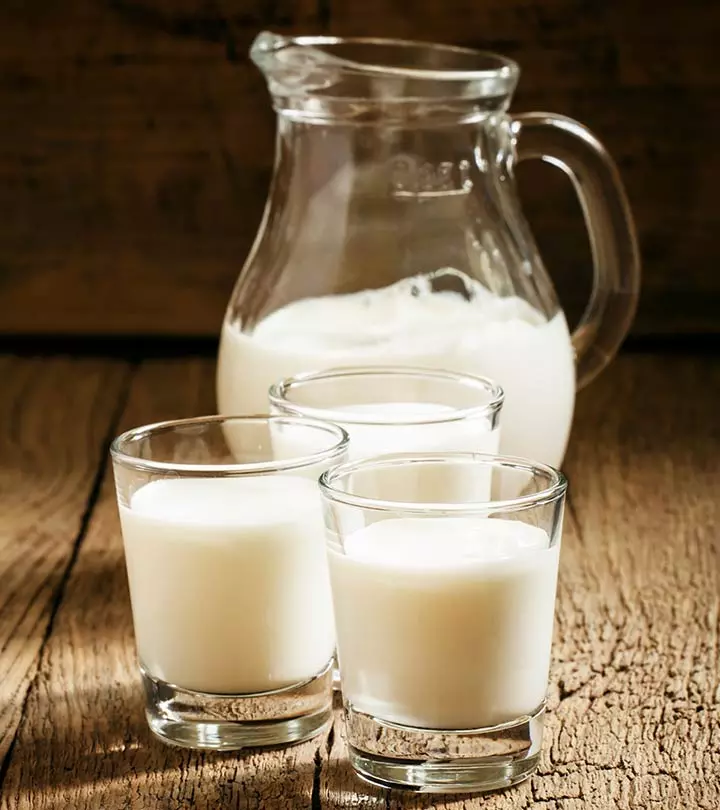
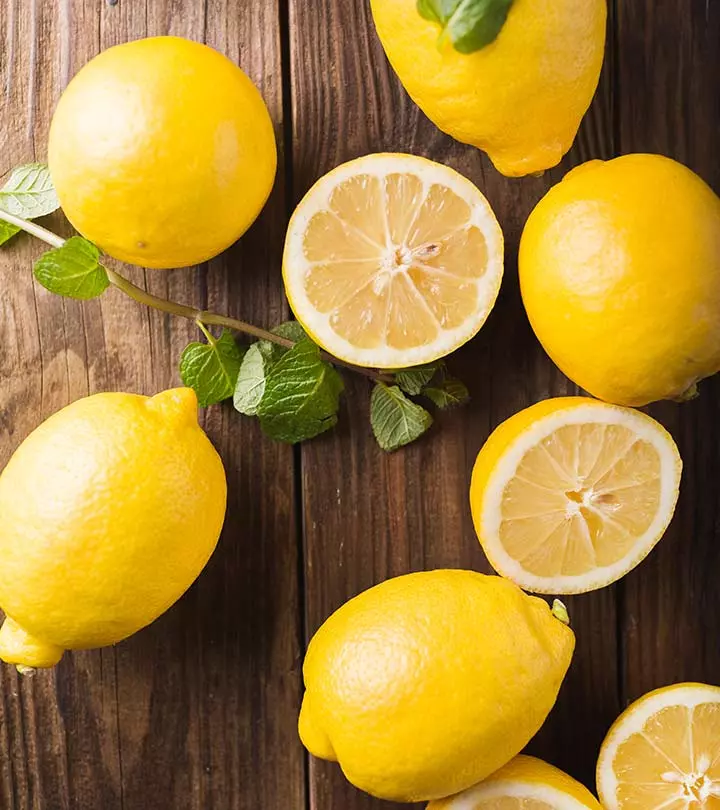
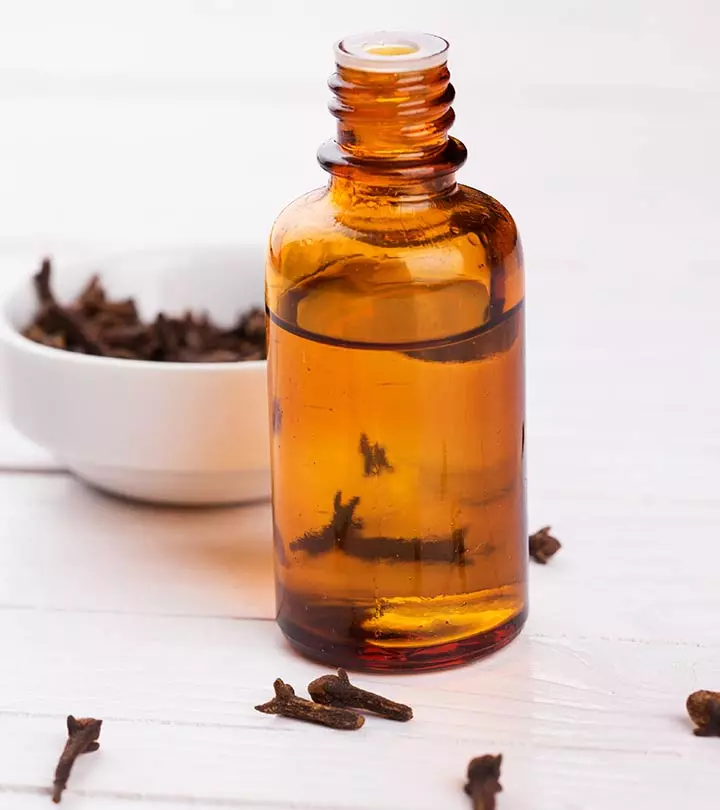


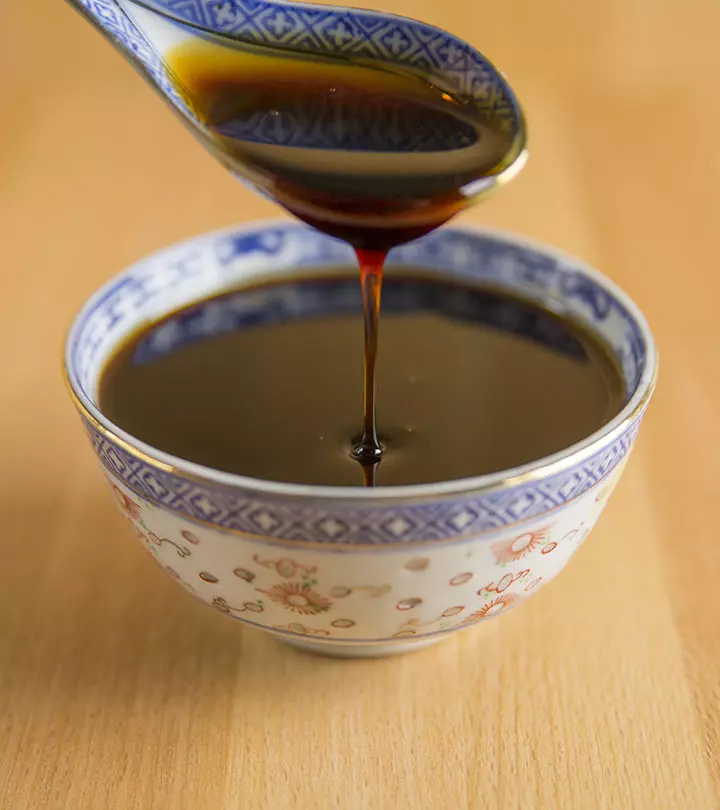
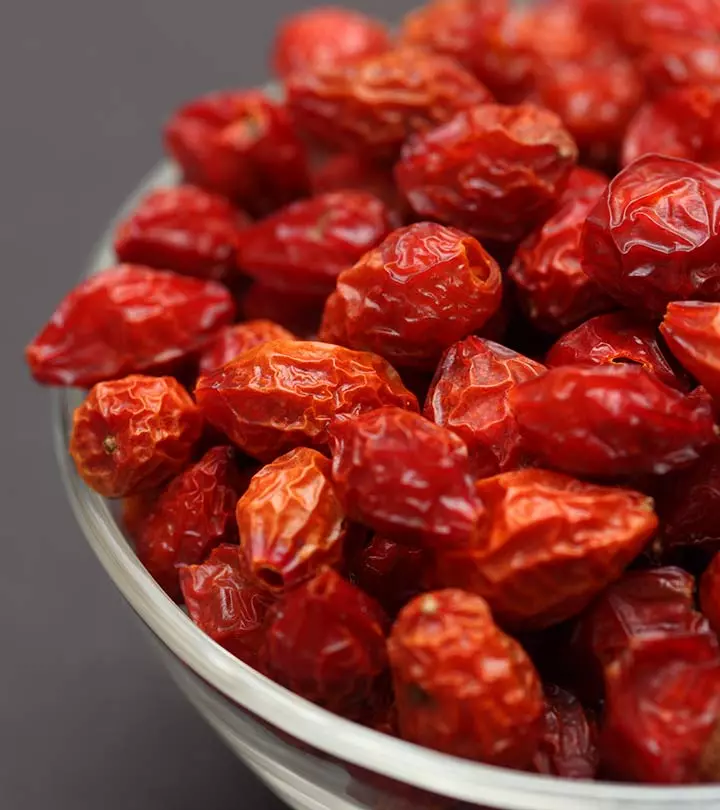
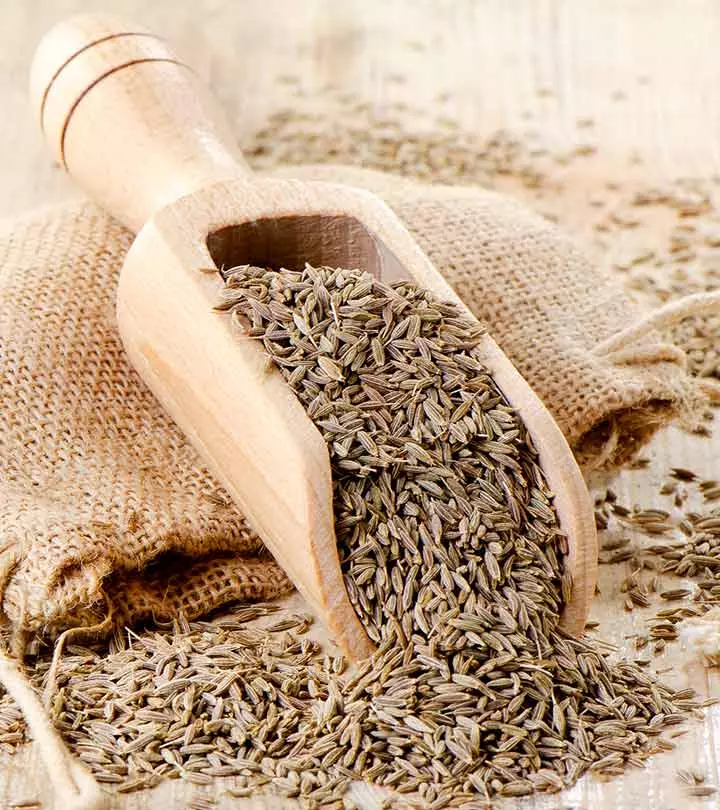
Community Experiences
Join the conversation and become a part of our empowering community! Share your stories, experiences, and insights to connect with other beauty, lifestyle, and health enthusiasts.